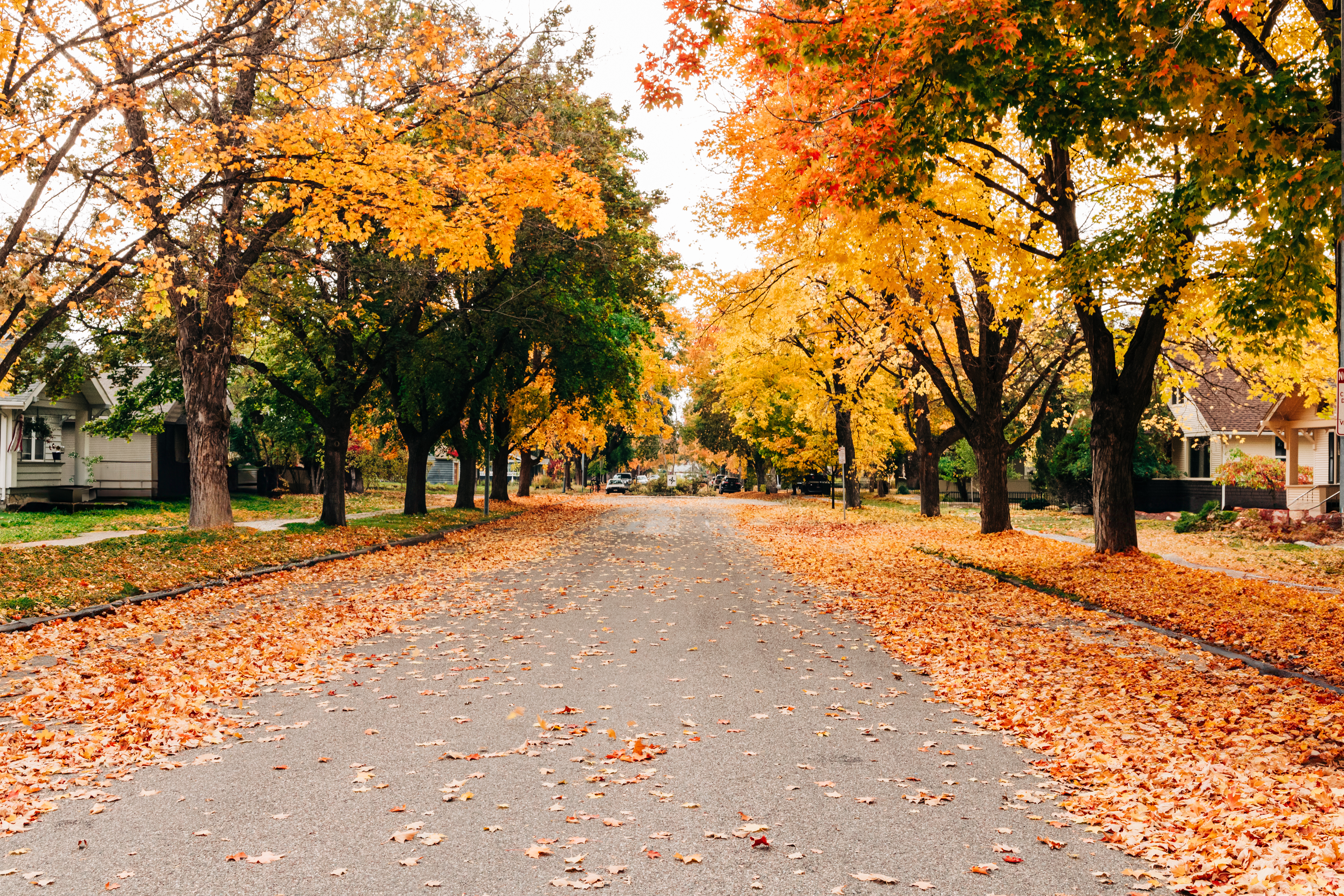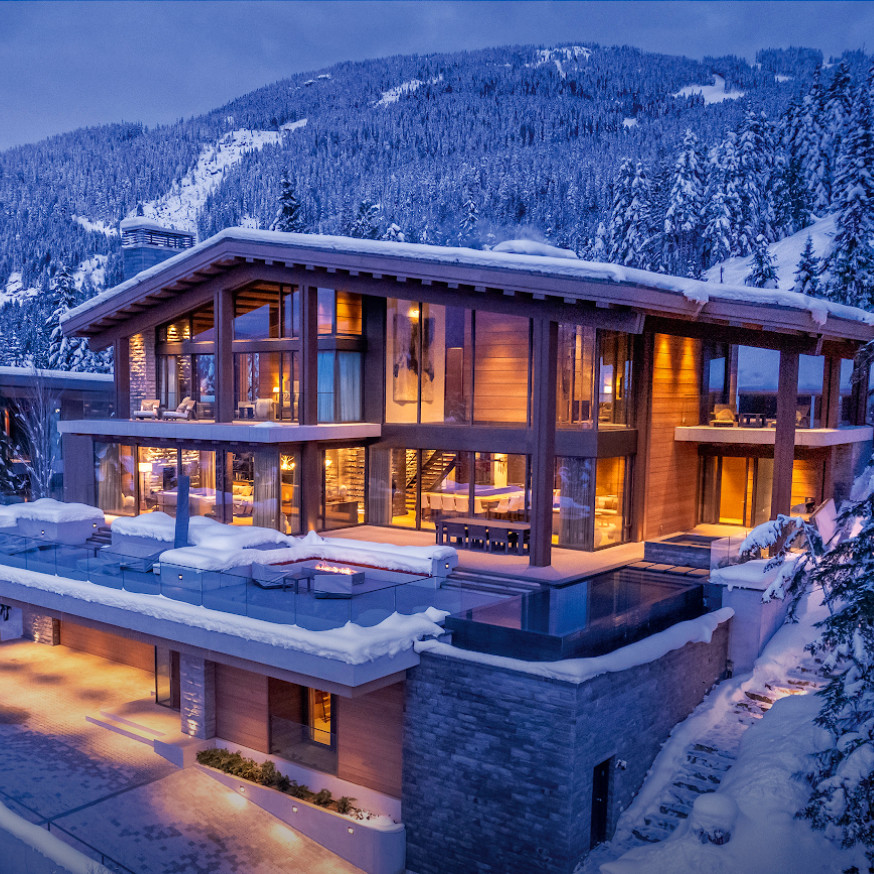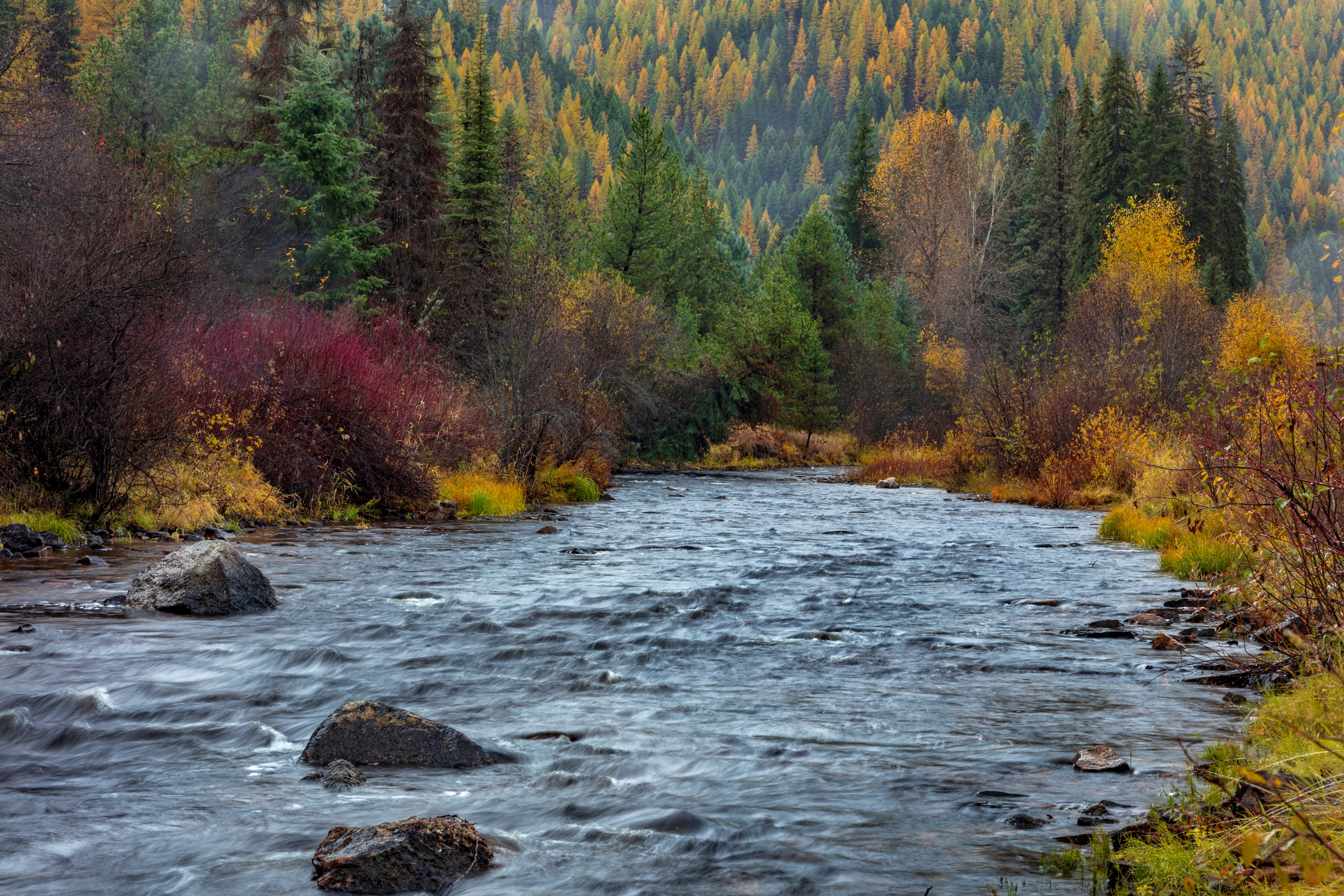Surviving the Cold Winters in Montana
As the seasons change, and the air becomes crisp, while the lakes freeze over and the frost blankets the world, you'll need some tips and tricks to keeping warm in Montana winter! So, without further ado, welcome to the ultimate guide to surviving Montana winters! Here, we'll go over essential tips and tricks to ensure that you and your loved ones stay warm and cozy during the harshest of the cold snaps. Montana winters are historically consistent, and absolutely no joke – with some temperatures plummeting way below freezing and snowfall being a regular occurrence! This winters can range from uncomfortable to fatal, so it's incredibly important to be well-prepared.
In this introductary, yet comprehensive guide, we'll cover everything you need, from making sure you're choosing the right winter gear, to creating a lovely, cozy home environment. Discover some of the best ways to layer your clothing, the must-have accessories you can't forget! Don't forget, of course, the latest and greatest innovations in the high-tech winter gear technology to keep you extra cozy and super comfortable outdoors. So, whether you're a true Montana local, or you're simply planning an adventurous visit, our amazing guide has got you covered. Ideally, when you're visiting Montana, you're enjoying winter activities while staying safe on the icy roads, frozen nights, and thick snow. So, without further ado, grab a warm drink and get ready to cozy on up with our ultimate guide to surviving Montana winters!
Understanding the challenges of Montana winters
Montana winters are historically known for their extreme freezing temperatures and heavy snowfall. It's absolutely crucial to understand the vast challenges that come with this season, so you can be well-prepared. The very first step is to familiarize yourself with these average freezing temperatures and weather patterns in Montana during the long winters. This knowledge and research will give you a much better idea of what to expect, and allow the time to prepare, and to plan accordingly.
Truly one of the biggest challenges during a chilled Montana winter is by far, the sub-zero temperatures. The old mercury can drop very well below freezing, which makes it absolutely essential to take precautions and plan ahead to prevent frostbite and hypothermia. When you're layering your clothing, it's absolutely key to layer with high-quality, heat retaining materials, to stay warm in these extreme conditions. By wearing multiple layers, starting with a thin, yet insulated layer and moving outwards with thickness increasing, you can trap warm air between each layer! This provides insulation and keeps you incredibly cozy.
Dressing for the cold: Layering and insulation
When it comes down to appropriately dressing for Montana winters, finding ways to layer is the key to staying nice, warm and comfortable. You can start with a moisture-wicking base layer, such as lightweight thermal underwear, to keep your skin dry and still lightly insulate heat. This incredibly important layer will really help to regulate your overall body temperature and it will prevent sweat from making you feel all cold and clammy.
Next, you'll want to add an insulating layer, that's just a little bit heavier. This layer can be a variety of materials, such as a fleece or down jacket, which will work to provide added warmth. This layer should still be breathable and lightweight, because you don't want to feel weighed down or heavy, while still providing adequate insulation, so you can keep that body heat close. Down jackets are also particularly effective method at trapping heat and are definitely a popular choice among outdoor enthusiasts.
Finally, you'll want to finish off with a high-quality, waterproof and windproof outer layer! This can be as chic as you'd like it, such as a high-quality, luxury brand winter coat. This important layer will protect you from the elements like snow, rain, and wind, which will keep you dry and comfortable. Look out for jackets that have sealed seams and even adjustable cuffs to ensure absolute maximum protection.
Definitely don't forget about your other extremities! Investing in high-quality gloves, hats, scarves, and socks to keep your hands, head, neck, and feet warm is a super important part of ensuring protection from the elements. Opt for warm and heat holding materials like wool or fleece, as these will provide that excellent insulation. Layering your socks a few times can also help keep your feet toasty, and protected from frost bite or anything of that nature.
Categories
- All Blogs (315)
- Awards (1)
- Business (5)
- community (11)
- Engel & Völkers (9)
- Explore Montana (18)
- Exterior Design (3)
- Home Buyers (1)
- Interior Design (17)
- Land & Ranch (1)
- Luxury (3)
- Luxury Art (2)
- Luxury Fashion (6)
- Luxury Lifestyle (18)
- Luxury Real Estate (9)
- Luxury Travel (15)
- missoula (1)
- Montana Homestead (9)
- Real Estate Industry (2)
- Seasonal (9)
- Sellers (1)
- Travel (2)
- Vintage (2)
Recent Posts











License Partner | Global Private Office Advisor
+1(406) 550-4131 | dawn.maddux@evrealestate.com
